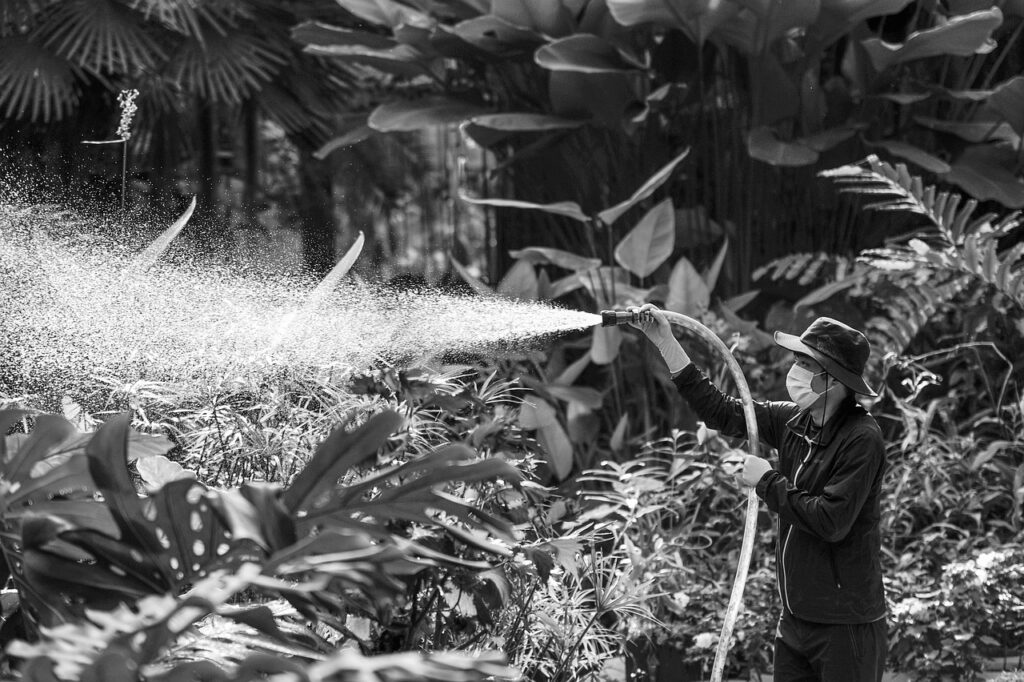Gardening isn’t just for those blessed with sprawling backyards. Whether you have a sunny windowsill, a tiny balcony, or a patch of lawn, you can create a thriving garden that brings beauty and joy to your living space. Here’s how to get started, no matter how much (or little) space you have.
Assess Your Space and Light
Before buying a single seed or pot, take time to observe your space:
- Light conditions: Track how many hours of sunlight different areas receive. Most vegetables need 6-8 hours of direct sunlight, while many herbs and leafy greens can manage with 4-6 hours.
- Temperature fluctuations: Notice if your space gets unusually hot or cold throughout the day.
- Access to water: Make sure you can easily water your plants without major inconvenience.
Choose the Right Containers
For indoor or small-space gardening:
- Window boxes for herbs and shallow-rooted plants
- Hanging baskets for trailing plants like strawberries or cherry tomatoes
- Vertical planters to maximize wall space
- Deep pots (at least 12 inches) for root vegetables and larger plants
For backyard gardens:
- Raised beds for better soil control and easier access
- In-ground beds for permanent plantings
- Container groupings for versatility
Select Plants for Your Space
For Windowsills:
- Herbs: Basil, chives, cilantro, mint, parsley
- Microgreens and sprouts (quick-growing and nutritious)
- Small succulents and cacti for low-maintenance options
For Balconies and Patios:
- Dwarf varieties of vegetables (cherry tomatoes, bush beans)
- Leafy greens like lettuce, spinach, and kale
- Compact flowers like marigolds, petunias, and pansies
- Dwarf fruit trees in large containers
For Backyards:
- Full-size vegetable gardens
- Berry bushes
- Flower beds for pollinators
- Native plants to support local ecology
Get Started with Quality Soil
Don’t skimp on soil quality—it’s the foundation of a healthy garden:
- For containers: Use potting mix (not garden soil) with good drainage
- For raised beds: Blend topsoil, compost, and other amendments
- For in-ground gardens: Test your soil and amend as needed with compost
Start Small and Expand
Begin with just a few plants that excite you and are appropriate for your space. As you gain confidence, you can expand your garden. Some easy plants for beginners include:
- Radishes (ready in just 3-4 weeks)
- Lettuce and other leafy greens
- Herbs like basil and mint
- Marigolds and zinnias for flowers
Develop a Care Routine
- Watering: Most gardens need about an inch of water per week—more in containers
- Feeding: Use organic fertilizer according to package directions
- Observation: Check plants regularly for signs of pests or disease
- Pruning: Remove dead or damaged growth to encourage healthy development
Year-Round Gardening
Even in small spaces, you can garden year-round:
- Rotate seasonal crops in outdoor spaces
- Move containers to optimize changing light conditions
- Use grow lights to supplement natural light during winter months
- Try indoor herb gardens and microgreens during colder seasons
Final Thoughts
Remember that gardening is as much about the journey as the harvest. Each “failure” is actually a learning opportunity that makes you a better gardener. Start small, stay curious, and enjoy watching your garden grow—whether it’s sprouting from your windowsill or flourishing in your backyard.
Happy gardening!

